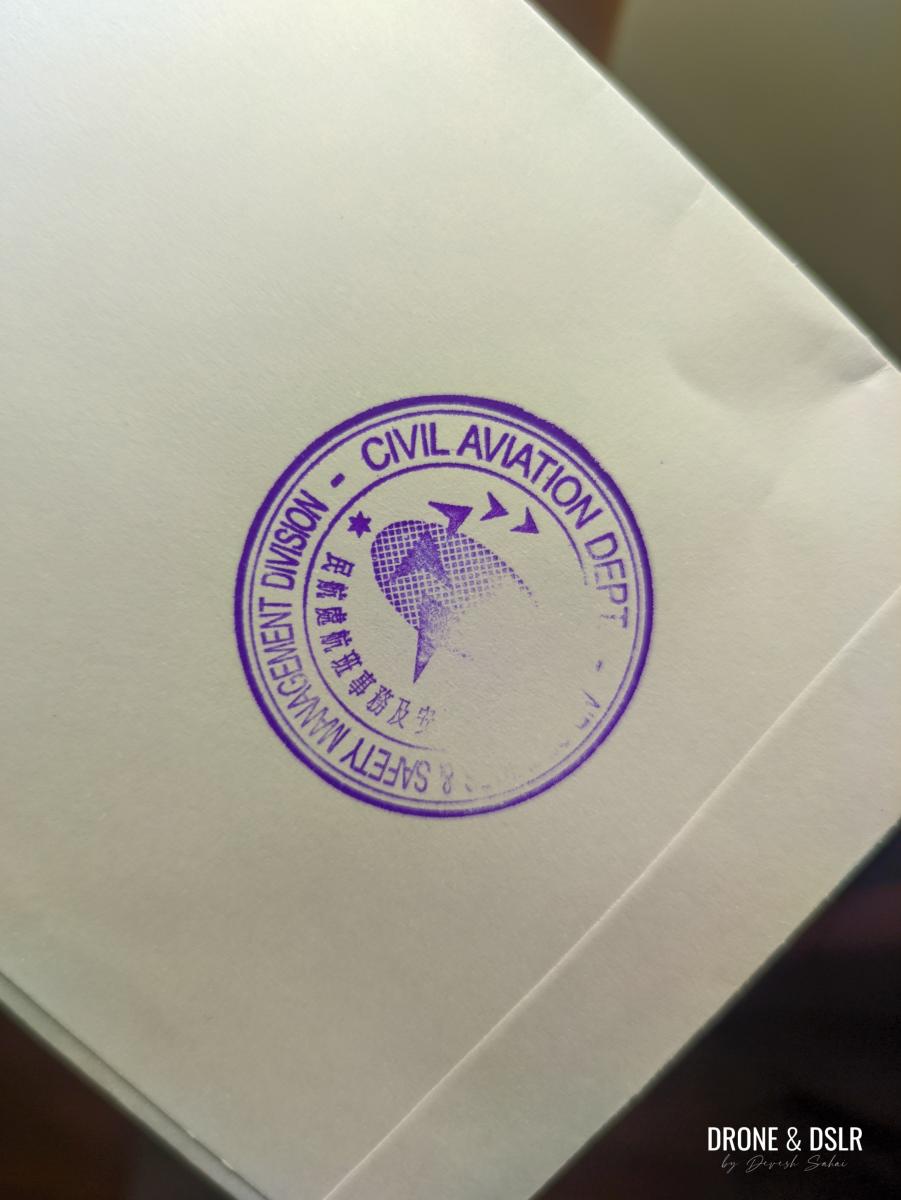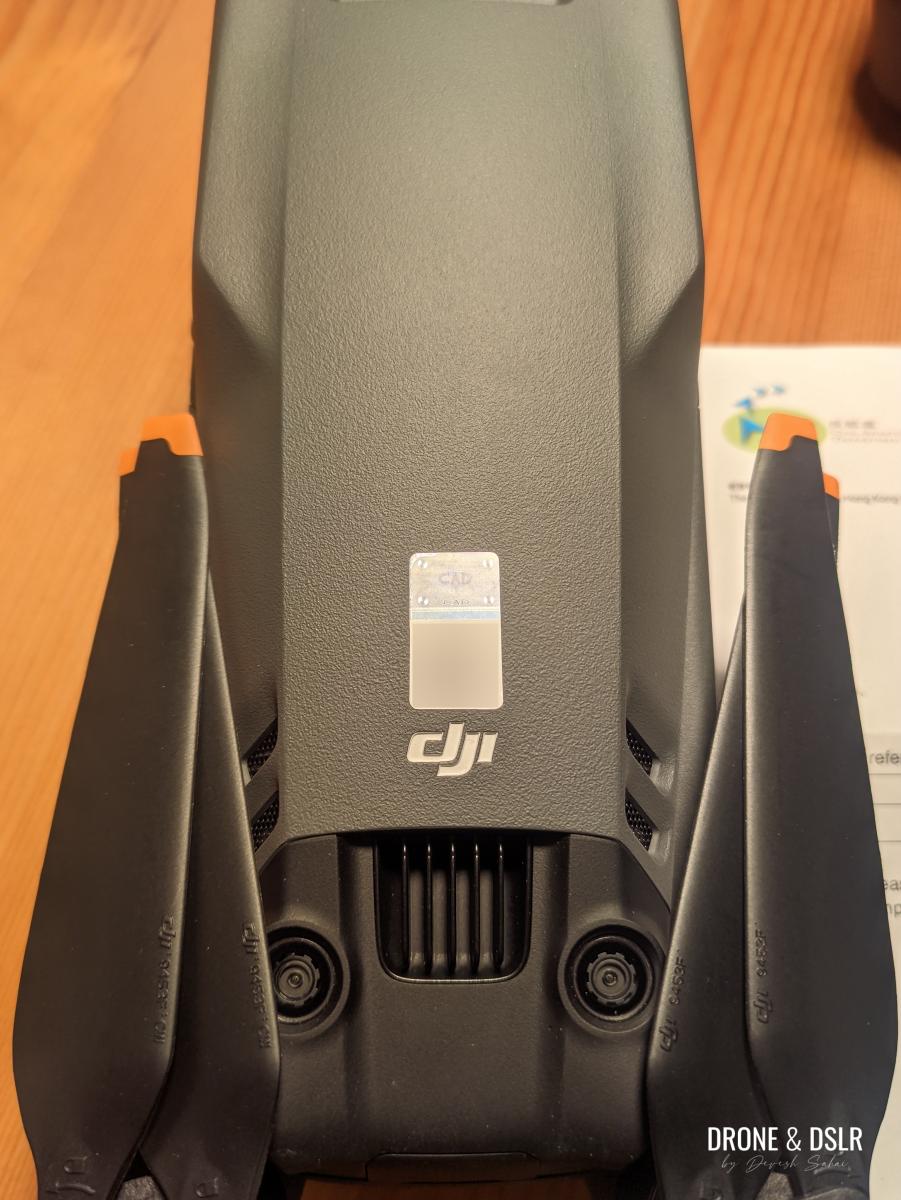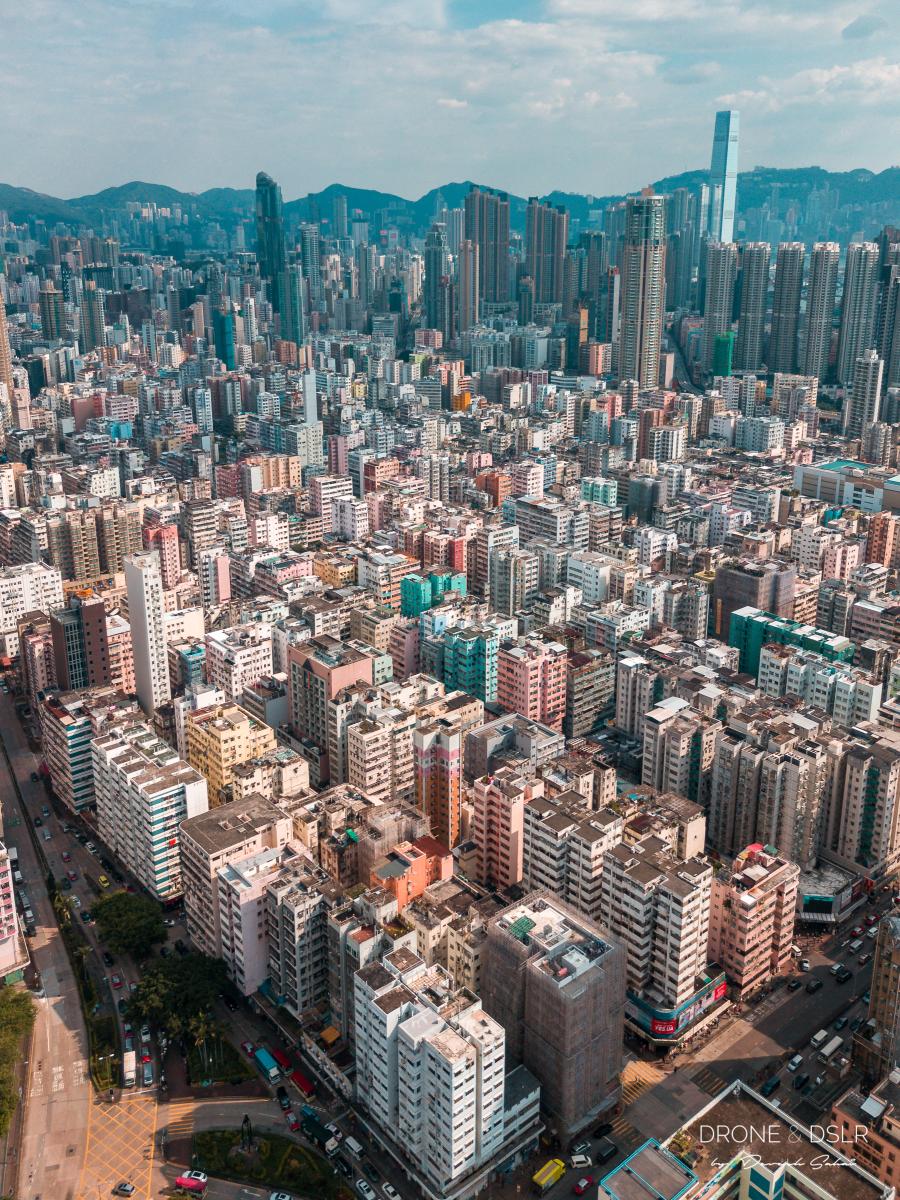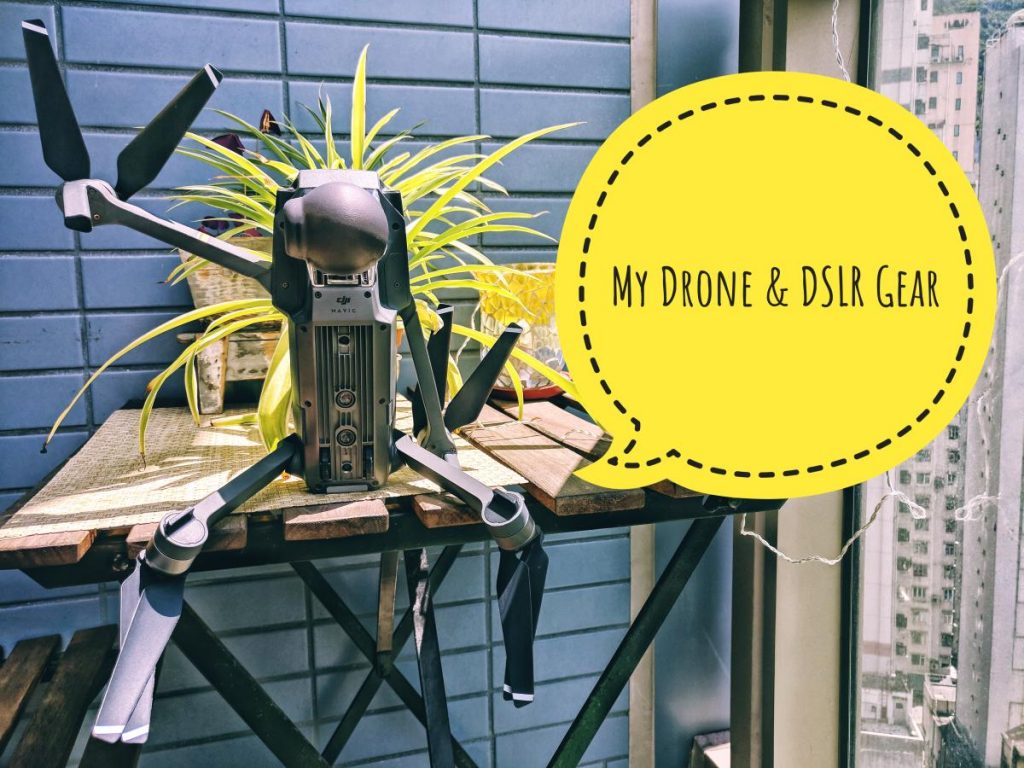Follow Us
Explore Hong Kong
Trending
Recent Posts
- Explore Rotorua: Top Things to See and Do in NZ's Geothermal Gem22nd March 2024
- Tsing Yi Peak Hike (Sam Chi Heung) - Tsing Yi's Highest Point6th March 2024
- Mead's Wall Guide - LOTR Filming Location (Easy Access!)29th February 2024
- Explore Rotorua: Top Things to See and Do in NZ's Geothermal Gem
Drone Laws in Hong Kong
Updated March 2024
Contents
ToggleWhat are the drone laws in Hong Kong?
Since 1 June 2022, the regulations that govern the operations of drones (now referred to as Small Unmanned Aircraft (SUA)) in Hong Kong follow a risk-based approach according to the weight of the drone.
Drones in Hong Kong now fall under 3 categories:
- Category A1 (under 250 grams)
- Category A2 (250 grams to 7 kg)
- Category B (above 7 kg)
This table highlights the basic requirements that remote pilots should be aware of regarding their drones.
| Category of Operation | Category A1 | Category A2 | Category B |
|---|---|---|---|
| Criteria | Drone weight ≤ 250 g Standard Operating Requirements | Drone weight > 250 g ≤ 7 kg Standard Operating Requirements | Drone weight ≤ 7 kg but exceeding the respective category A1/A2 standard operating requirements; Drone weight > 7 kg ≤ 25 kg; Operations involving carriage of dangerous goods or Operations in restricted flying zone |
| Registration and labelling of drone | X | ✓ | ✓ |
| Registration of remote pilots | X | ✓ | ✓ |
| Training and assessment of remote pilots | X | X | ✓ |
| Basic equipment (flight log and geo-awareness) | X | ✓ | ✓ |
| Permission from CAD prior to operations required | X | X | ✓ |
| Drone insurance for third-party liability (bodily injury and/or death) | X | TBD | ✓ (Minimum coverage: HKD $10 million) |
The big change for drone pilots after 1 June 2022 is drone and drone pilot registration.
How to register your drone in Hong Kong?
The drone registration process in Hong Kong is a 3-step process.
- Step 1 – Create an account on the eSUA website.
- Step 2 – Register yourself as a remote pilot.
- Step 3 – Register your drone or drones.
SUAs under 250g, such as the DJI Mini drones, do not need their pilots or the drone to be registered.
If your SUA weighs more than 250g, you must register yourself and the drone. So, let’s look into these 3 steps in more detail.
Create an account on the eSUA portal
This step is relatively straightforward. As the process is online, you’ll need to first sign up and create an account with an email and password on the Electronic Portal for Small Unmanned Aircraft (eSUA) website.
Once your account has been set up and verified, you can now sign in to the eSUA portal. Alternatively, you can also sign in to the portal with the iAM Smart credentials.
There is also an eSUA app available for Android and iOS.
Register yourself as a remote pilot
The next step in the drone registration process is to register yourself as a Remote Pilot. The minimum age of a Remote Pilot is 14 years old.
The registration process requires you to go through important safety information to enhance your safety awareness.
After that, you’re required to provide your
- Name
- Identity proof – HKID for residents. I believe non-residents can also apply with another form of identification, such as passports.
- Proof of residence
Once this information is uploaded into the system, a Remote Pilot Certificate with a Standard Rating is issued and sent to your registered email address. The Remote Pilot Certificate is valid for 3 years.
To earn an Advanced Rating certificate, pilots will be required to undergo training. As of now, I haven’t come across any training programmes.
Register your drone or drones
And finally, the last step in this process is to register your drone. As a Remote Pilot, you can register multiple drones (or SUAs).
To register your drone, click the SUA Registration button in the navbar menu, and then click +Add SUA.
You will then be required to input the required details of your drone:
- Brand
- Model
- Type
- Serial number
- Weight
Once complete, click “+Add SUA” to add another drone or “Submit” to submit your registration details.
After the online submission, you’ll receive a letter from the Civil Aviation Department in the next 3-7 days.
The letter will contain a registration label along with a verification code.
Stick the label on your drone and make sure that it’s not on the propeller or battery, or anywhere it can come off easily. Usually, the top of the drone isn’t a bad spot.
After sticking the registration sticker to your drone, take a picture of the drone and upload it to the eSUA portal. In order to submit the picture, you’ll be required to input the code in the letter.
And once you’ve submitted the picture, you’ll be issued an SUA Registration Certificate.
Congratulations, you’ve successfully registered yourself as the Remote Pilot and your drone as the eSUA!
Other Safety and Operation Requirements
Along with the new drone laws, the no-drone zones have also been updated.
The no-drone zones map can be found on the eSUA website or the eSUA app.
Many locations, that were previously not on the list, have been now added, such as Tai Mo Shan, Pineapple Mountain (Por Lo Shan), Siu Ma Shan, and most of North Lantau Island.
Time of Operation
Only during the daytime.
Maximum flying altitude
For Category 1
0
Feet
For Category 2
0
Feet
Maximum speed
For Category 1
0
kmph
For Category 2
0
kmph
Source: Civil Aviation Department, eSUA website
From My Personal Experience
Hong Kong has been one of the more chilled-out cities when it comes to drone laws and regulations. It was once called the wild frontier for drones.
Drones are a fairly common sight in Hong Kong, especially over the weekends when enthusiasts and hobbyists set out to open spaces to fly. The popular flying spots often get crowded on a sunny, clear day.
However, with the new laws coming into play in June 2022, I wonder if the city’s stand will change. I’ve already seen drone pilots getting fined for flying over Central (near IFC). So, it shouldn’t come as a surprise that Hong Kong is getting serious about regulating drones.
As this law is new, I’ll update this page with my personal experience as time goes by.
My Advice
With the new drone laws, I advise avoiding the no-drone zones, no matter how strong the temptation is. Of course, there’s no knowing how strictly the new laws will be enforced. Other than that, Hong Kong is a very drone-friendly city.
If you’re a first-time drone pilot, go to Nam Sang Wai or Lower Shing Mun Reservoir to practice. There’s ample open space, no buildings or people. Remember, 70% of Hong Kong isn’t developed. So get out of the main city and find your spot.
Hong Kong Aerial Photography Gallery
Back to international drone lawsSearch
Follow Drone & DSLR
-
Latest Video
- Subscribe to my YouTube channel
Trending This Week













31 Comments
Thank you very much for doing this article. It’s exactly what I wanted to know! And thank good Google for pointing out your website.
All the best!
Thanks, Sergiu! Glad you found this article helpful 🙂
Have the laws changed in HK? Are the registration requirements in place yet or is it still safe to fly freely?
As of October 2018, there are no registration rules.
Any registration or approval require if I fly the drone for commercial?
Good question. None that I’m aware of, but I do know it would require taking permission if the flight is over private property.
Is it possible in Lantau Trail 3 area?
Yes, as long as you keep it within sight and close to the trail. You can always refer to your flight app for no-fly zones.
Hello !
Thank you for the information ! Just to know : Is bringing a Drone from outside the country allowed ? (I guess Yes, but it is just to confirm)
thanks a lot
Yes, it is allowed 🙂
Thank you for the information…it is really helpful knowledge you have provided….Good luck… Peace be with you..
You’re welcome!
Great article
Hi ,
I am a tourist and will be visiting Hong Kong on 8th November 2023 , and would be carrying a mini 3 pro . Do I need to register my drone ?
Also I can fly near Great Budha for some footage ?
Can you please help me on places where I can fly my drone and capture the beautify skyline of Hong Kong?
Hey Anirban,
You don’t need to register your Mini 3 in HK.
As for flying next to the Big Buddha, that’s not allowed. It’s a no-fly zone as it’s close to the airport. Please refer to the no-fly zone map https://esua.cad.gov.hk/web/droneMap
To see the skyline, you can take the easy option and head to Victoria Peak. But you can’t fly your drone there.
If you want to capture the skyline using your drone, I recommend hiking to a location like Red Incense Burner or Jardines Lookout.
Is it legal to fly a drone in a shopping center? To day the 5th of January 2022,, two drones were flying on the 4th floor of the Times Square building, with people like myself seating while drinking my coffee along with other patrons.
I’m pretty sure it’s not allowed and am also fairly positive that they were filming something on behalf of the management.
Hi , i live in hongkong But non resident
And i have DJI MINI 3 pro
I like hiking and f lying My drone
But some My friend tell me
My drone can’t flying in Hongkong because ilegal and need permit to flying in hongkong . Do i need to registration My drone CAD ESUA ?
The last time I checked, a drone weighing less than 250 grams (such as the Mini 3) does not need to be registered in HK.
Who sells drone insurance in HK?
Nobody yet as of now.
hi there, great work on the information you provided! just want to check if its “possible” to fly DJI mini around the big buddha area? did you manage to try that out?
Hi Aaron,
I’ve seen plenty of aerial pics from Ngong Ping Village. However, I would be a little cautious flying there as it’s a busy area and it’s also close to the airport (which might trigger your DJI Fly App).
Hi thank you for your information. It’s very helpful. I like to check how to fly below 90m altitude limit while some of the hiking place at Hong Kong are definitely higher than 90m.
I think we all consider it as 90m above the ground we’re standing on ?
I’m a foreigner and will only stay in hk for 2 days so is it possible to mail my SUA registration label to my hotel? Thanks.
Hi Oscar, yes, I imagine that should be fine. Just give your hotel a heads-up!
Great Article, I have registered two drones and myself. I will be there 5th of Jan to 10th. Looking for the best spots for Iconic shots. Any updates or suggestions?
Sure, with or without your drone? If it’s with your drone, I usually recommend finding a location that’s relatively secluded.
HK is so crowded… anywhere really secluded? Haha.. Yes drone shots are my main desires. Without getting into trouble ????????
Well, all my shots are from the trails on the hills around the city. They give you the best perspectives (drone or no drone) and are quite secluded.